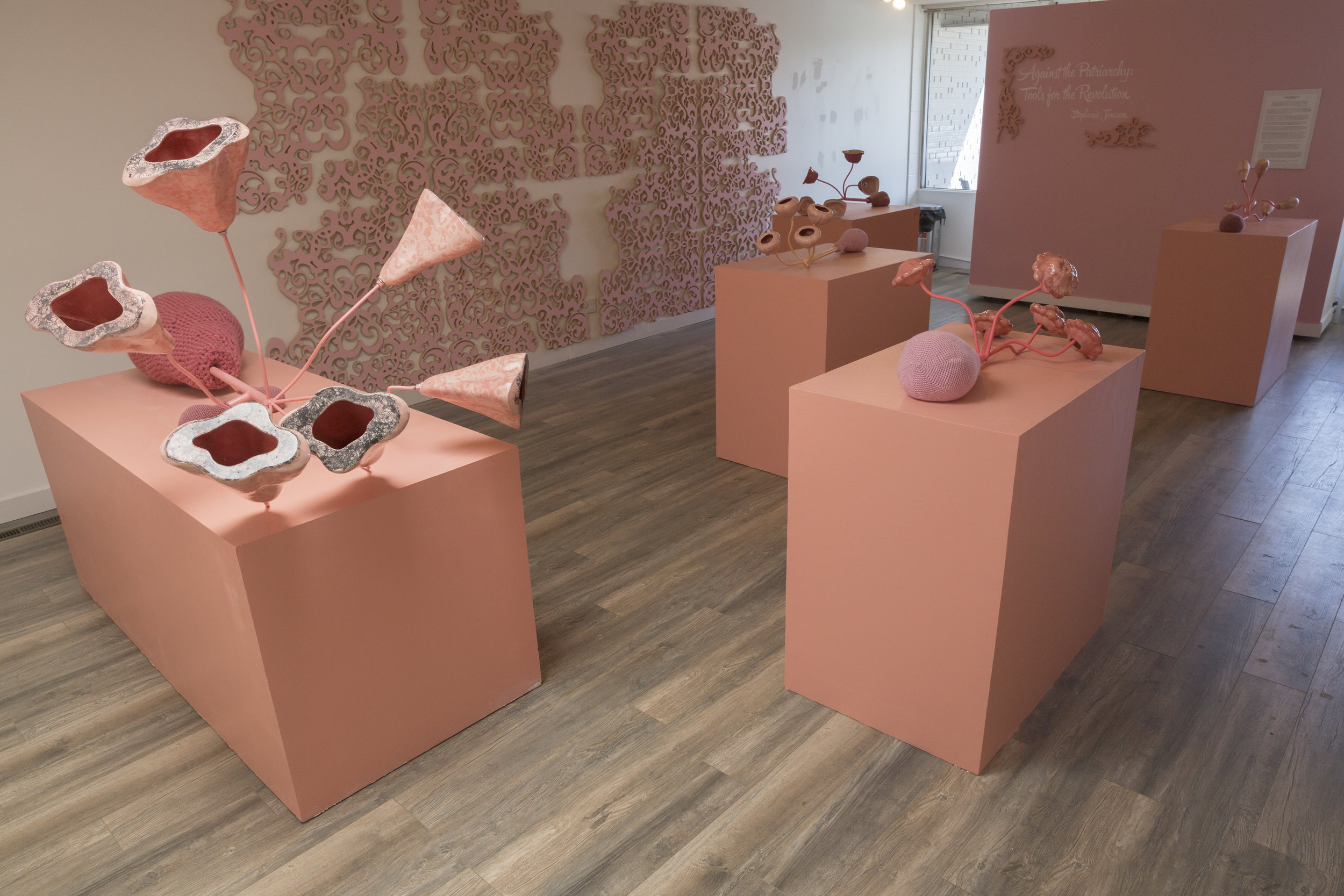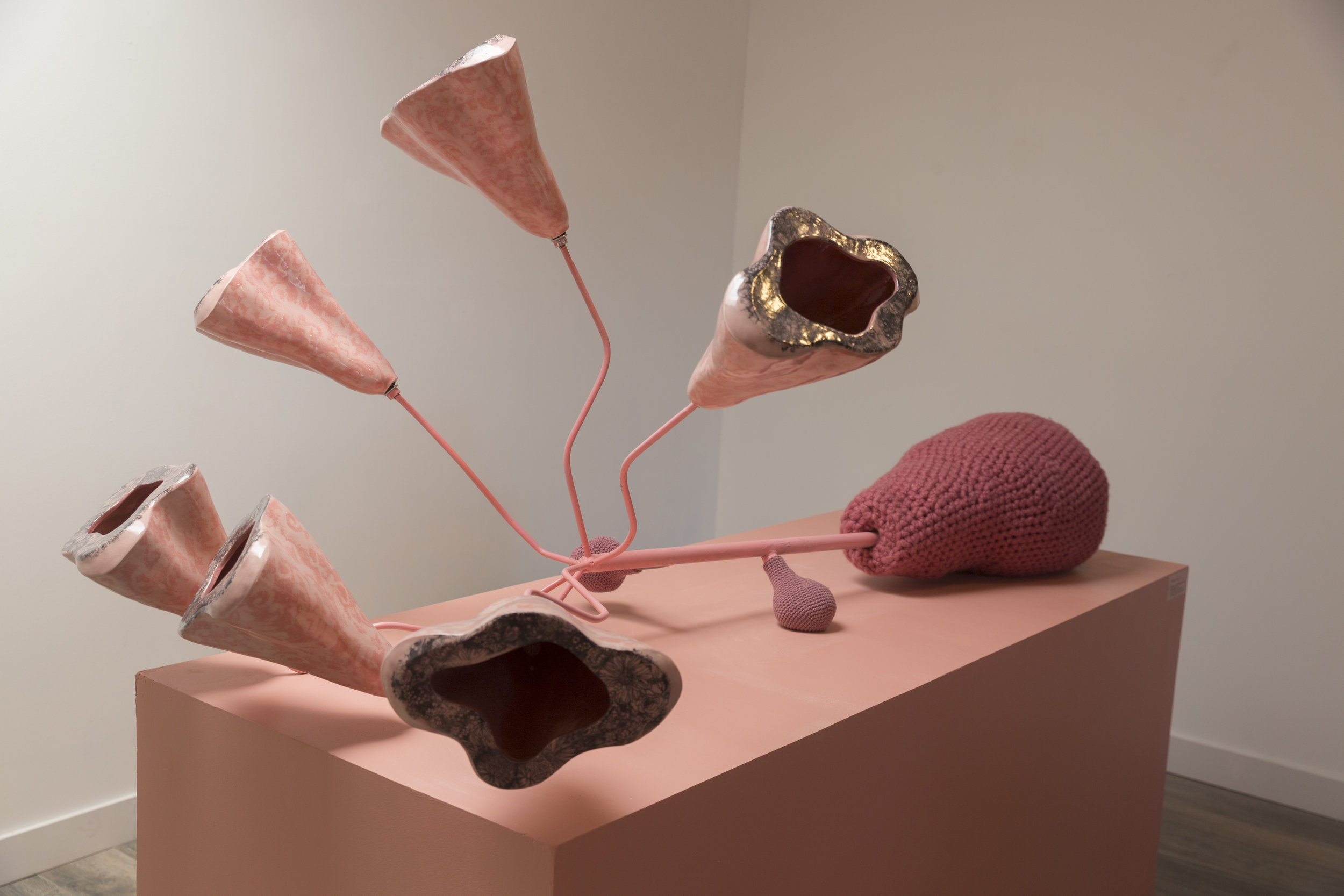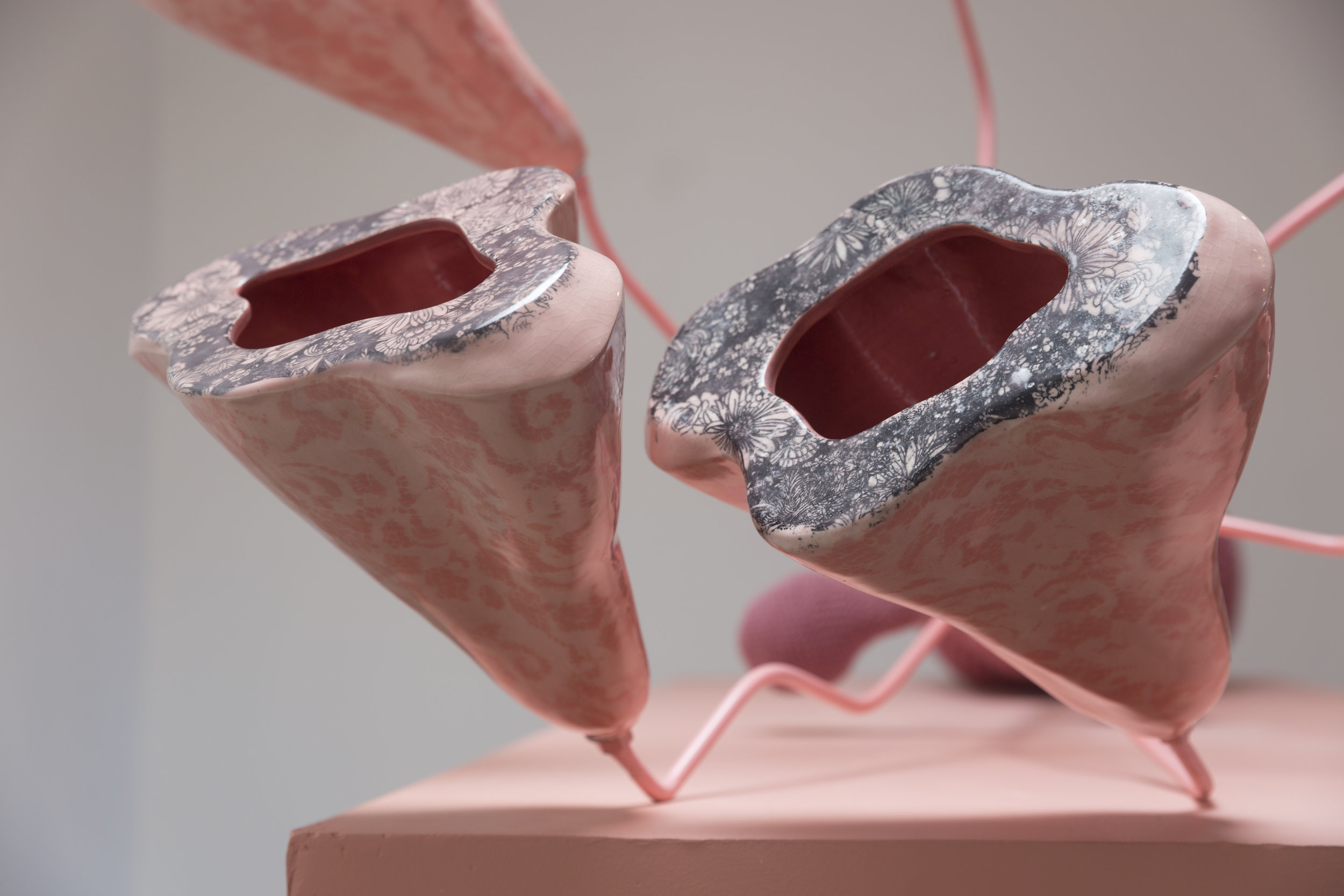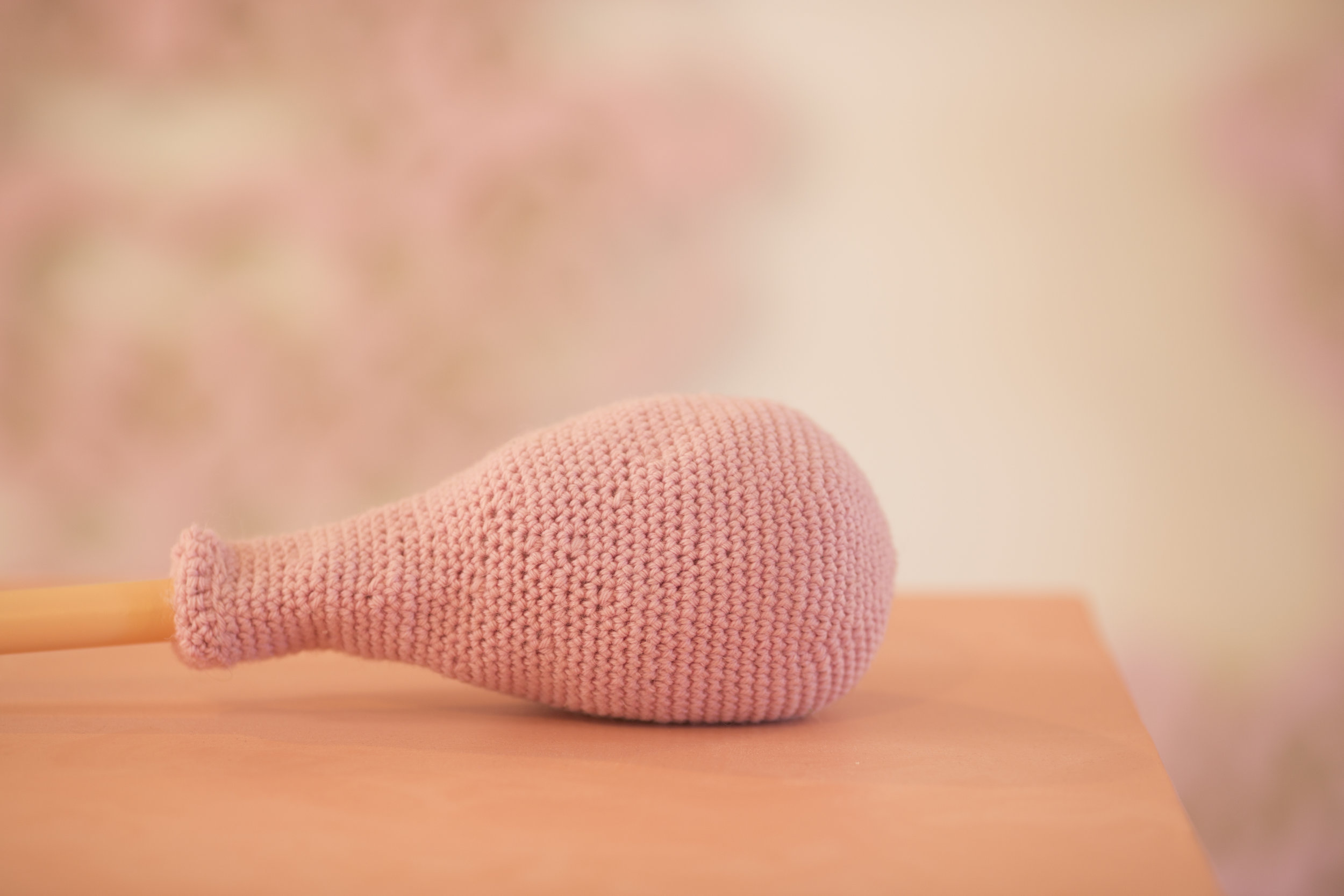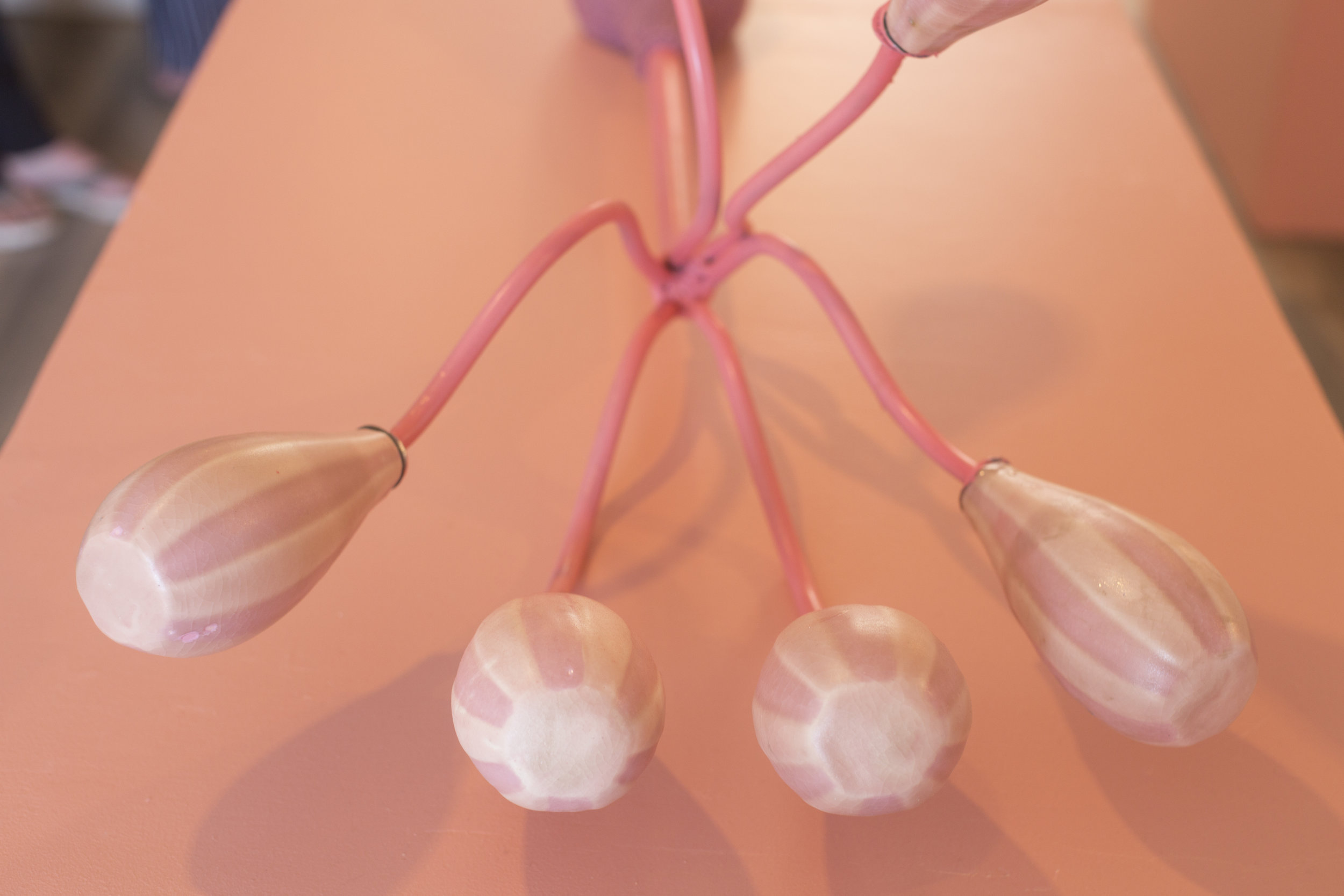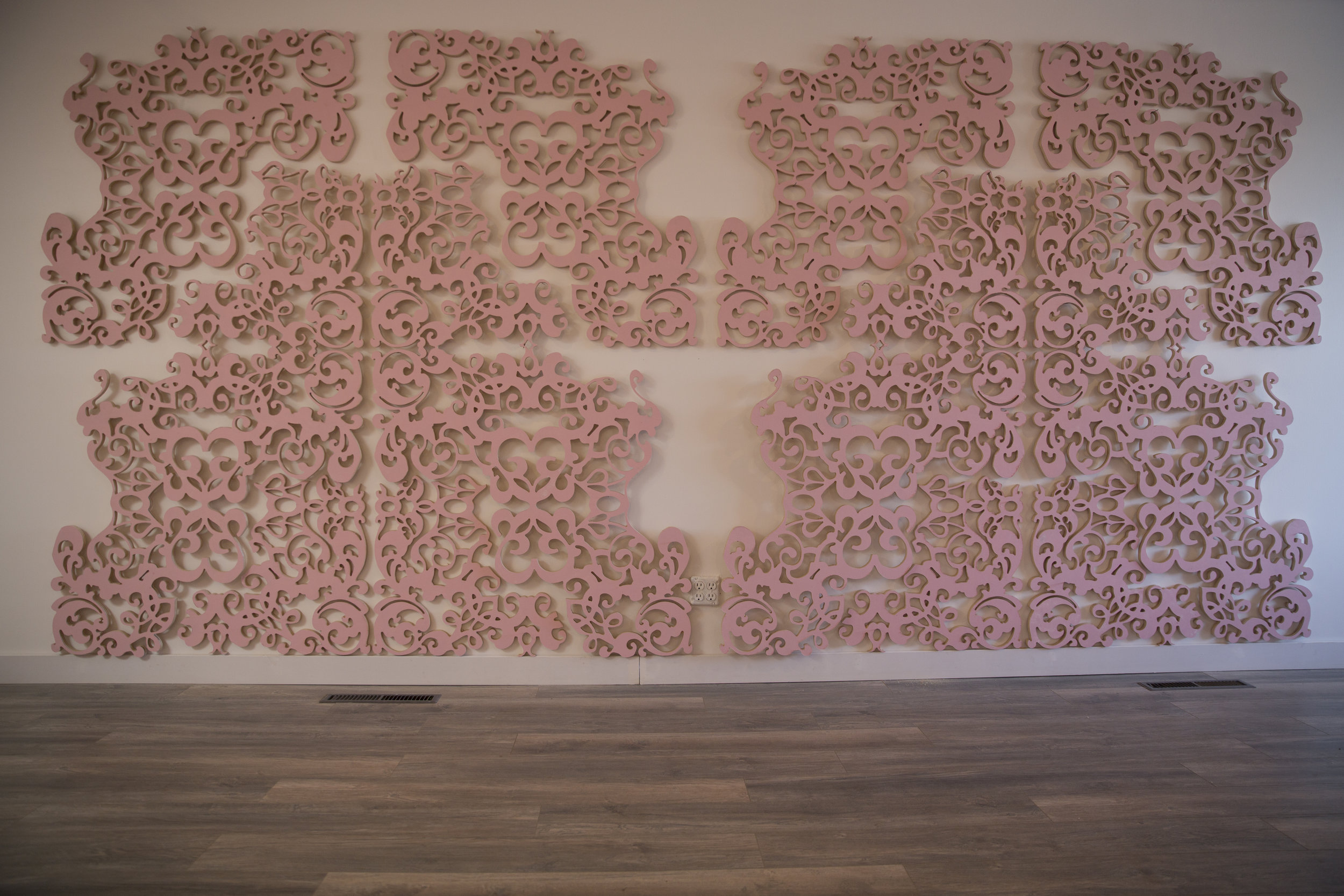Against the Patriarchy: Tools for the Revolution
Photography by Manpreet Singh
Against the Patriarchy: Tools for the Revolution
Artist Statement
“For the master's tools will never dismantle the master's house. They may allow us temporarily to beat him at his own game, but they will never enable us to bring about genuine change. And this fact is only threatening to those women who still define the master's house as their only source of support.”
- Audre Lorde, 1979
Over the past two years, we have witnessed a surge of nationalist and populist political sentiment in the western world, including the election of a US president espousing aggressive, sexist, and fascist rhetoric. There are myriad populations adversely affected by this: refugees, members of the LGBTQ population, people of colour, and women. Artists around the world recognize that they have an extremely crucial job and a lot of work to do.
Although I can’t speak as an expert on all of these identities, I can commit to being an intersectional feminist - and I can also relate my own experience of frustration, fear, anxiety and desperation in a world where some believe in the supremacy of white male hetero-patriarchy. As a cis-gender white woman, I have some amount of privilege. This means acknowledging that the majority of white women are complicit in internalizing and contributing to these systems of oppression.
“The true focus of revolutionary change is never merely the oppressive situations we seek to escape, but that piece of the oppressor which is planted deep within each of us, and which knows only the oppressors’ tactics, the oppressors’ relationships (Lorde, 1979)."
It is important to dig deep within ourselves and see ways in which we using our own oppressive tactics, the “oppressor living within us”, and to stop identifying with the oppressor. As we fight against the white supremacist heteropatriarchal systems that damage us, we must be careful to use self-critique to keep ourselves from maintaining and sustaining those systems.
Through this body of work, I am attempting to dismantle the Master’s house without the use of the Master’s tools. I am digging deep to find the areas within myself that uphold systematic herteronormative white male privilege. While using traditionally female dominated arenas of life (domesticity as a revolutionary act), I am reclaiming craft as a viable voice of dissent. In this, I grapple with my Modernist artistic upbringing and its agenda to negate craft and ornament. This body of work is a response to this patriarchal world and its histories, seen through the lens of Craftivism, which aims to create wider conversations about uncomfortable social issues.
The choice of colour is overwhelmingly pink. As Jennifer Schuler states in her MFA thesis, Beloved Labours in Pink:
“My use of the colour pink within a feminist frame is political. One would assume that because I believe in the equality of the sexes, I would prefer to use a neutral colour instead of one that has been labelled “feminine”. This neutrality would, however, limit the reading of my work. Since the gender of the artist is often considered when viewing a work, I further encourage this gendered reading in my intentional use of the colour pink.”
Originally, this framing of the work was sufficient for me. But the work could also be read as a contemporary use of “millennial pink”.
“Millennial Pink, or Tumblr Pink, as I’ve also heard it called, is a political appropriation of color. Pink has a history of being such a polarizing color, relegated to Barbies and bubble gum, and that’s changing for political reasons as opposed to aesthetic ones. It’s a question of ownership, and I think that’s very exciting. For an ad campaign [like that of Thinx period underwear] to use a polarizing color in a mainstream way is a pretty important statement. Pink hasn’t traditionally worked across genders, but it fits right in there with the man-bun and the man-bag, where we’re seeing this fluidity like never before. The pink pussy hat is not Millennial Pink, but the fact that it’s being used now as part of the resistance is an extension of that. It was also probably much easier to find that particular pink in craft stores.”
—Debbie Millman, host of Design Matters, brand consultant, and chair of the master’s program in branding at the School of Visual Arts
Using Millennial Pink to me meant that the work was built not just for women with vaginas, but for trans women. And not just for women, but for non-binary folks and feminist men as well. Because, after all, “the enemy of feminism isn’t men. It’s the patriarchy, and patriarchy is not men. It is a system, and women can support the system of patriarchy just as men can support the fight for gender equality.”[1]
I feel it is now more important than ever to speak to uncomfortable social issues, such as white male privilege and dominant heteropatriarchy. My work suggests metaphorical tools to dismantle these oppressive systems, drawing on a series of calls to action[2]. The need for speaking out about these issues stems from both current events portrayed in the media as well as my personal experiences in the last two years. My intention with this work is to open up a dialogue about everyday feminism and what breaking down systems of systematic oppression looks like on an individual level.
_______________________________________________________________________________________________________________________________________________
[1] Quote from Justine Musk.
[2] The titles of the works in this exhibition are drawn from “Six Ways to Smash the Patriarchy.” Your Dream Blog. LiveYourDream.org, 22 June 2017. Web. 4 April 2018.

